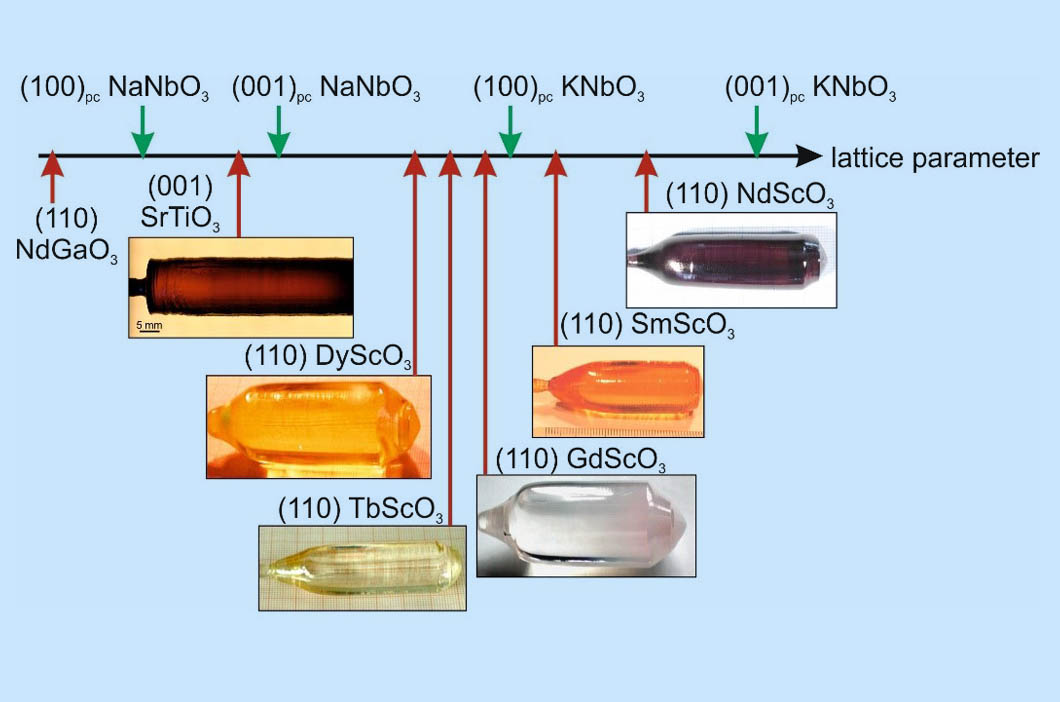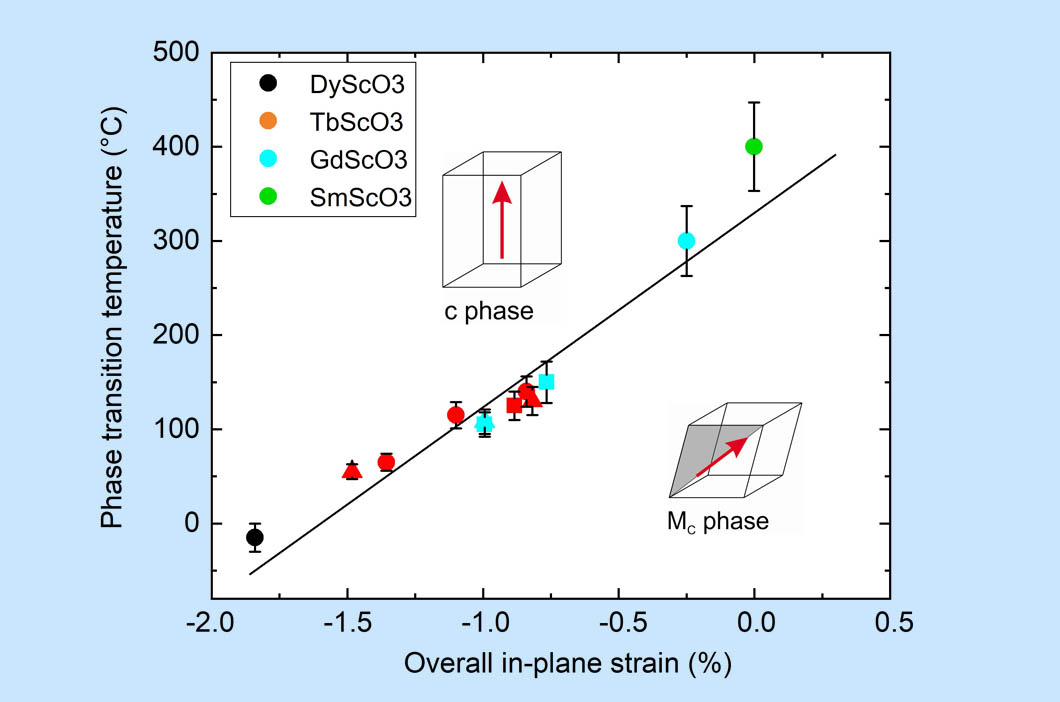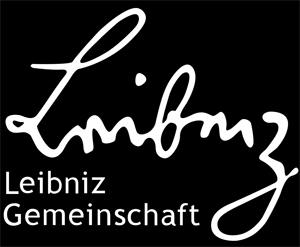Ferro-/piezoelectric thin films can potentially be used for memory, sensor or microwave applications. The use of surface acoustic waves (SAW) in thin film form is a technologically highly interesting, but also demanding application. They offer increased sensitivity compared to conventional volume-based SAW sensors. Potassium-sodium-niobate (KxNa1-xNbO3) is a material system that has not only high piezoelectric and electromechanical properties, which are essential for thin film devices. But it is also a lead-free material, which has so far been little investigated as thin film because it contains volatile components (sodium, potassium).
For several years now, the IKZ group "Ferroelectric Oxide Layers" has been the only group worldwide that can epitaxially grow this material system through the so-called metal-organic vapour phase epitaxy (MOVPE). In close cooperation with Roger Wördenweber's research group at Forschungszentrum Jülich (FZJ), we were able to successfully detect for the first time the propagation of acoustic surface waves in 30 nm thin potassium-sodium-niobate layers (K0.7Na0.3NbO3) on terbium- and gadolinium-scandate substrates [1,2]. First attempts to use these SAW structures as sensors for biomolecules are currently being carried out at the FZJ.
Piezo- and ferroelectric materials are characterized by phase transitions in which both the symmetry of the material and its functional properties change with temperature. In potassium-sodium-niobate volume crystals, the symmetry changes with decreasing temperature from a paraelectric, cubic to a sequence of ferroelectric phases with tetragonal, orthorhombic and rhombohedral symmetry. In the temperature range in the vicinity of these phase transitions the electromechanical properties are often significantly increased. One way of exploiting these enhanced properties for applications is to shift the phase transition temperature into the working range of the device. One approach is given by the so-called strain engineering, in which the phase transitions can be shifted intentionally on the temperature scale by adjusting lattice strains.
In addition to the generation of surface acoustic waves in potassium-sodium-niobate thin films, the phase transition temperature of strained potassium-sodium-niobate layers has recently been systematically adjusted in a large temperature range between -15°C and 400°C [3]. The layers were deposited epitaxially on different rare-earth scandates. These rare-earth scandates are grown in the group "Oxide/Fluorides" in the IKZ and have - depending on the rare-earth metal - different lattice parameters. Together with the lattice parameters of NaNbO3 and KNbO3, this is shown in Figure 1. Figure 2 represents the relationship between the temperature of the phase transition and the incorporated (overall) lattice strain in the films. These investigations were carried out in close cooperation with the group “Physical Characterization” at IKZ and took place within the framework of a DFG project and a doctoral thesis.
References:
[1] L. von Helden, M. Schmidbauer, S. Liang, M. Hanke, R. Wördenweber, J. Schwarzkopf; Ferroelectric monoclinic phases in strained K0.70Na0.30NbO3 thin films promoting selective surface acoustic wave propagation; Nanotechnology 29, 415704 (2019), https://doi.org/10.1088/1361-6528/aad485
[2] S. Liang, Y. Dai, L. von Helden, J. Schwarzkopf, R. Wördenweber; Surface acoustic waves in strain-engineered K0.7Na0.3NbO3 epitaxial films on (110) TbScO3, Appl. Phys. Lett 113, 052901 (2018), https://doi.org/10.1063/1.5035464
[3] L. von Helden, L. Bogula, P.-E. Janolin, M. Hanke, T. Breuer, M. Schmidbauer, S. Ganschow, J. Schwarzkopf; Huge impact of compressive strain on phase transition temperatures in epitaxial ferroelectric KxNa1 xNbO3 thin films; Appl. Phys. Lett. 114, 232905 (2019), https://doi.org/10.1063/1.5094405



